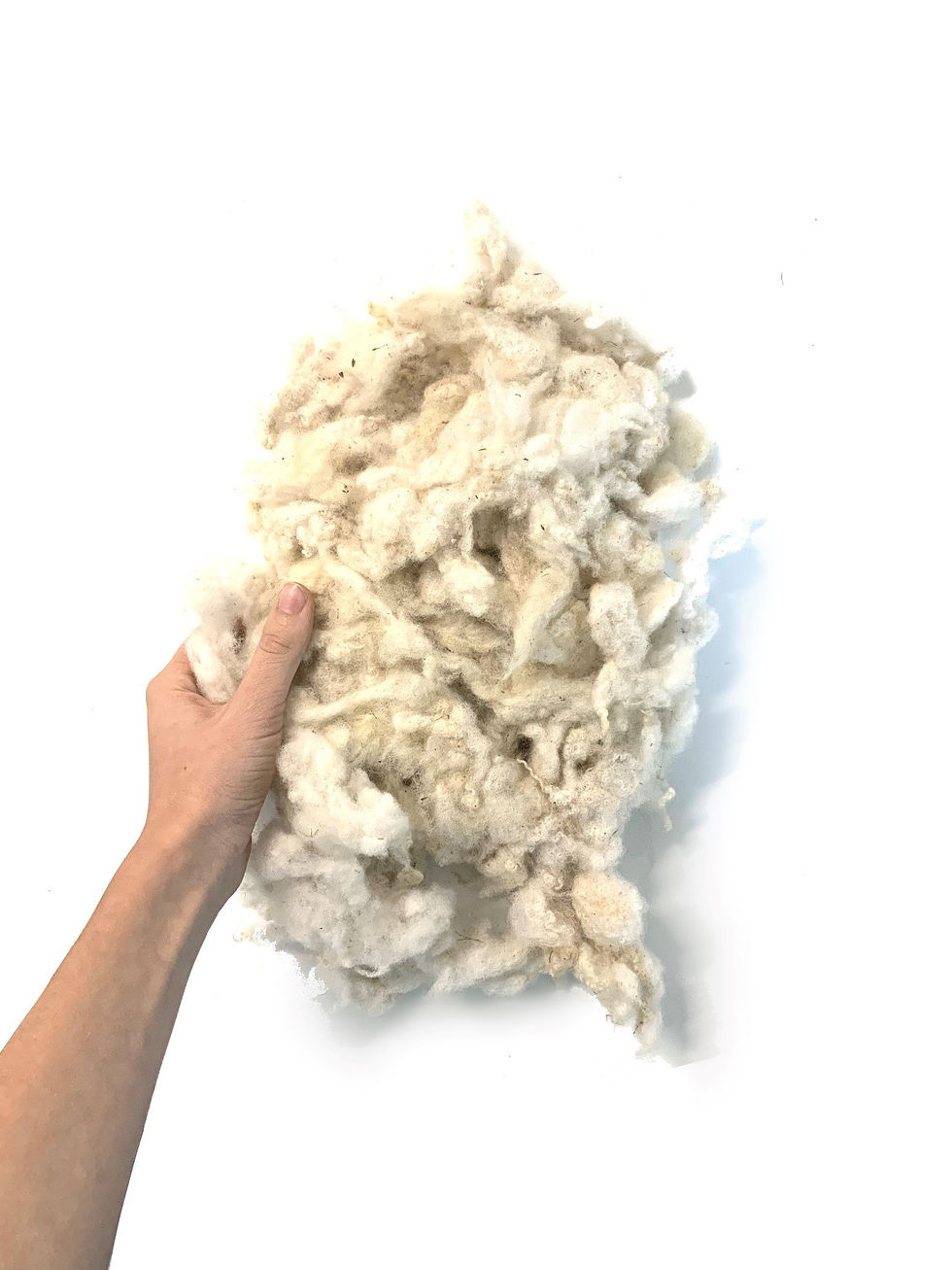Finding the true colors of nature
- Threads Traces
- Oct 27, 2021
- 2 min read
Updated: Nov 18, 2021
This research shows the ways of dying wool with natural pigments and recognizing how a place can talk through their colors.
Starting with the culture of Mexico, in this culture different techniques and different ways of using textiles are used, seeing that there are several textiles in this culture one of the oldest techniques of this culture is the embroidery of rugs made with wool, only that The entire manufacturing process is generated naturally and by hand without having to include chemicals or machines.
Taking this process as inspiration, I set about experimenting with natural colors by generating pigments. All these pigments were removed from the site as well as their species and their way of pigmenting.

The first process will be to have a piece of raw wool and wash it, doing this process generates a better way of impregnation in the material because raw wool has oils that generate a barrier against the pigment which makes it much slower and much more. It is difficult for the color to permeate into the wool, that is why it has to be washed before for best results.
As a second step was the creation of the pigment, which was to dry the flower or plant and generate the powder by grinding the already dry elements and generate a powder which will be the one that generates the coloring of the wool.


Third and last step, place the pigment and the wool in a pot and boil these two with water for about an hour. This process will cause the pigment to soak in the water and placing the clean wool in the water will cause it to be placed. color in wool.

By doing this process for each of the elements, it was possible to find the color that the site has, where the station predetermined those colors.

Author: Ana Paula Ramírez Venegas




Comments